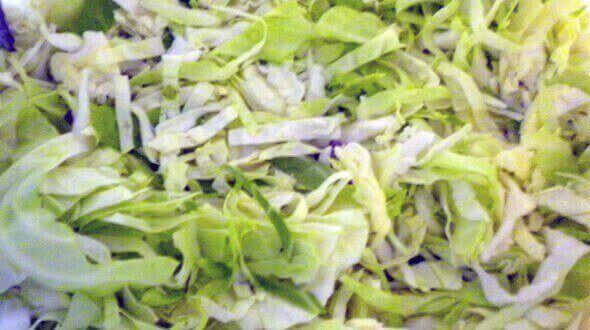Published July 1, 2013. From Cook's Illustrated
WHY THIS RECIPE WORKS:
A
hot nonstick skillet, a touch of butter, and a lid combine to produce
perfectly cooked fried eggs—with crisp edges, tender whites, and runny
yolks—in just a few minutes.
SERVES 2
When
checking the eggs for doneness, lift the lid just a crack to prevent
loss of steam should they need further cooking. When cooked, the thin
layer of white surrounding the yolk will turn opaque, but the yolk
should remain runny. To cook two eggs, use an 8- or 9-inch nonstick
skillet and halve the amounts of oil and butter. You can use this method
with extra-large or jumbo eggs without altering the timing.
INGREDIENTS
- 2teaspoons vegetable oil
- 4large eggs
- Salt and pepper
- 2teaspoons unsalted butter, cut into 4 pieces and chilled
INSTRUCTIONS
- 1. Heat oil in 12- or 14-inch nonstick skillet over low heat for 5 minutes. Meanwhile, crack 2 eggs into small bowl and season with salt and pepper. Repeat with remaining 2 eggs and second small bowl.2. Increase heat to medium-high and heat until oil is shimmering. Add butter to skillet and quickly swirl to coat pan. Working quickly, pour 1 bowl of eggs in 1 side of pan and second bowl of eggs in other side. Cover and cook for 1 minute. Remove skillet from burner and let stand, covered, 15 to 45 seconds for runny yolks (white around edge of yolk will be barely opaque), 45 to 60 seconds for soft but set yolks, and about 2 minutes for medium-set yolks. Slide eggs onto plates and serve.
TECHNIQUE
FLAWLESS FRIED EGGS: IT’S ALL IN THE DETAILS

PREHEAT THE PAN: Preheating
your pan on low heat for 5 full minutes guarantees that there will be
no hot spots in the skillet that could lead to unevenly cooked eggs.

USE TWO FATS: We
use vegetable oil, with its high smoke point, while preheating the pan.
Butter, added just before the eggs, imparts a diner-style richness.

ADD EGGS ALL AT ONCE: Cracking the eggs into small bowls makes it possible to add them to the skillet simultaneously so they cook at the same rate.

COVER IT UP: Adding
a lid to the skillet traps heat and steam so the egg cooks from above
as well as below, firming up the white before the yolk overcooks.

FINISH OFF HEAT: Moving the pan off the heat after 1 minute of cooking allows the whites to finish cooking—gently—while keeping the yolks liquid.
